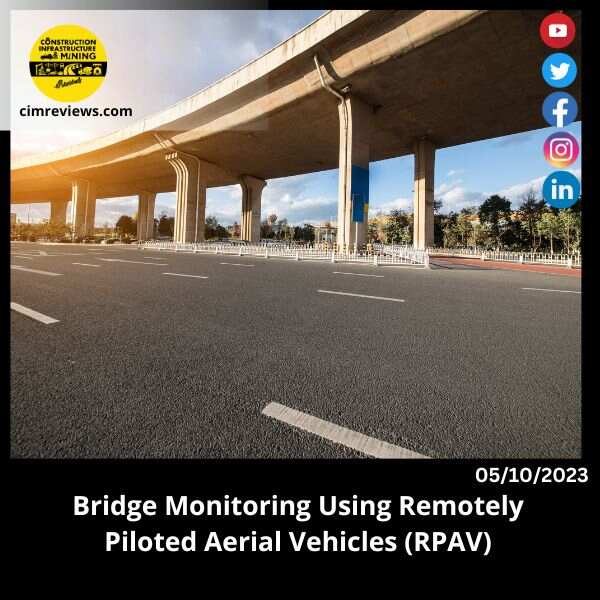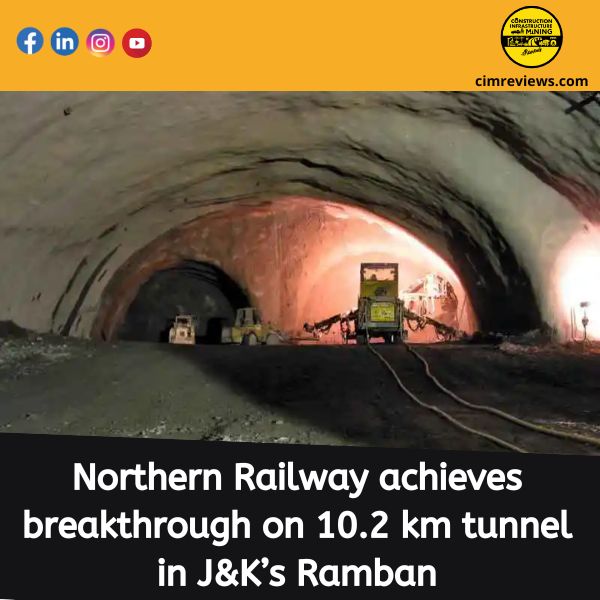
Bridges play a vital role in modern transportation networks, ensuring the safe passage of vehicles and pedestrians over rivers, valleys, and other obstacles. However, the structural integrity of bridges can be compromised over time due to factors like weathering, wear and tear, and unforeseen events. To ensure public safety and maintain critical infrastructure, innovative solutions are needed. One such solution is the use of Remotely Piloted Aerial Vehicles (RPAV), commonly known as drones, for bridge monitoring. In this blog, we will explore how RPAVs are revolutionizing bridge inspection and maintenance, improving safety, efficiency, and accuracy in the process.
The Traditional Challenges of Bridge Inspection
Traditional methods of bridge inspection often involve physical examinations conducted by engineers and inspectors. These inspections can be time-consuming, expensive, and sometimes risky, as they require personnel to work at height or in potentially hazardous conditions. Moreover, the accuracy of visual inspections can be limited, potentially leading to oversight of critical issues.
The Role of Remotely Piloted Aerial Vehicles (RPAV)
RPAVs are transforming the way bridge monitoring is conducted. Here are some key advantages:
- Safety: RPAVs eliminate the need for personnel to work at dangerous heights or in challenging environments, reducing the risk of accidents and injuries.
- Cost-Efficiency: RPAVs are cost-effective, requiring fewer resources and reducing the overall inspection and maintenance costs.
- Efficiency: Inspections conducted by RPAVs are faster and more efficient, enabling more frequent assessments of bridge conditions.
- Accessibility: RPAVs can access hard-to-reach areas, such as the underside of bridges or areas near water bodies, providing a more comprehensive view of structural conditions.
- Data Accuracy: High-resolution cameras and sensors on RPAVs capture detailed images and data, enhancing the accuracy of inspections.
- Data Analytics: Advanced data analytics software can process the data collected by RPAVs, identifying structural issues and predicting maintenance needs.
Implementation of RPAV Bridge Monitoring
- Planning: Engineers plan the RPAV inspection, defining the scope, objectives, and areas of focus.
- Flight: Certified pilots operate the RPAV, capturing high-quality images and data as it flies over and around the bridge.
- Data Analysis: The collected data is analyzed using specialized software, identifying anomalies, cracks, corrosion, or other structural issues.
- Reporting: Detailed reports are generated, highlighting the condition of the bridge and recommended maintenance or repair actions.
- Regular Monitoring: RPAVs can be deployed regularly to monitor changes in the bridge’s condition over time.
Benefits Beyond Inspection
The use of RPAVs in bridge monitoring extends beyond inspection and maintenance. It can also aid in disaster response, enabling quick assessments of bridge damage after natural disasters such as earthquakes or floods. Furthermore, RPAVs can support bridge design and construction by providing accurate topographical data and facilitating project planning.
Remotely Piloted Aerial Vehicles (RPAVs) have emerged as a game-changer in the field of bridge monitoring. They offer a safe, cost-effective, and efficient means of inspecting and maintaining critical infrastructure. As technology continues to advance, RPAVs will play an increasingly significant role in ensuring the safety and longevity of bridges, enhancing the resilience of transportation networks, and ultimately contributing to the well-being and safety of communities worldwide.
Group Media Publication
Construction, Infrastructure and Mining
General News Platforms – IHTLive.com
Entertainment News Platforms – https://anyflix.in/
Podcast Platforms – https://anyfm.in/








%20/23%20cimr%204.jpg)
